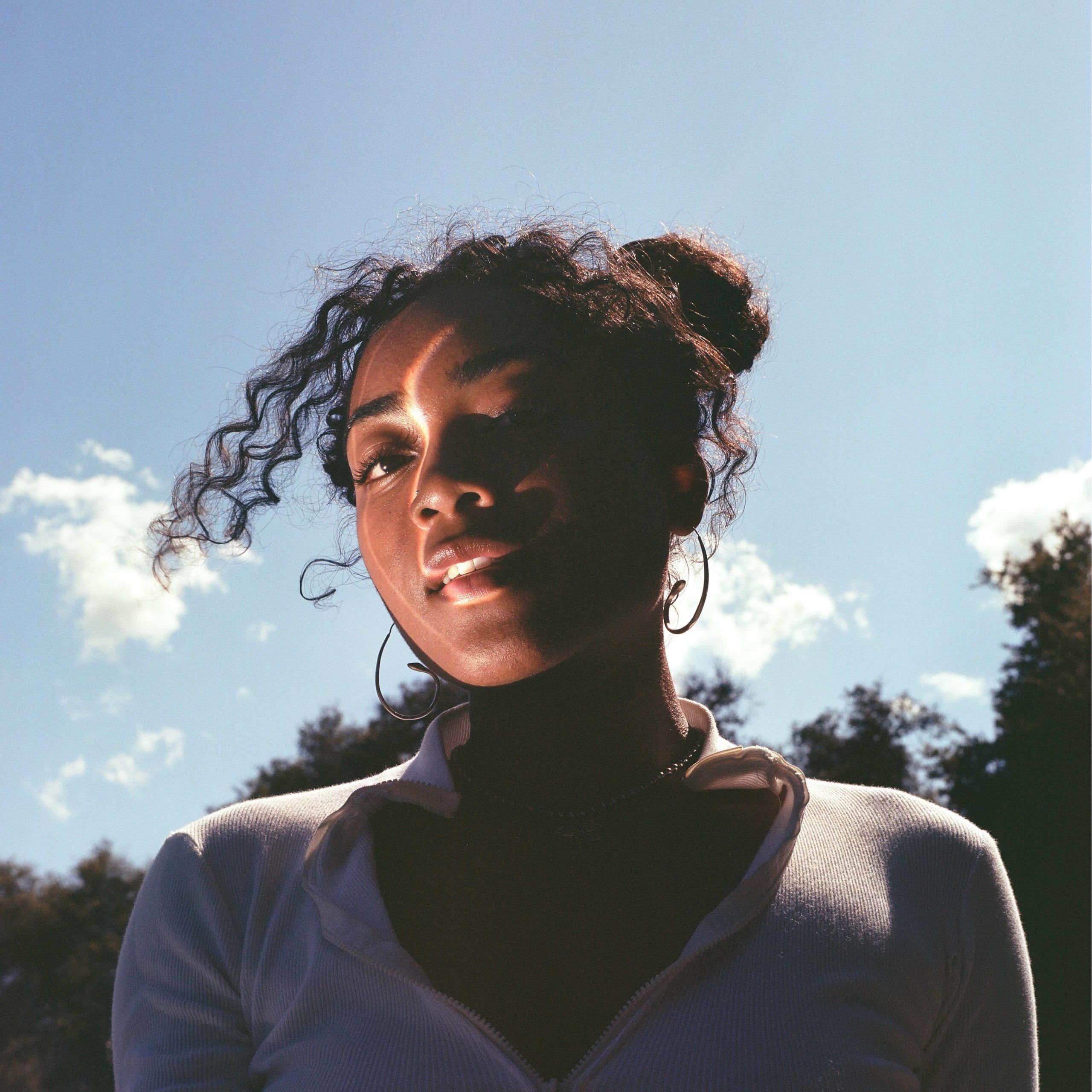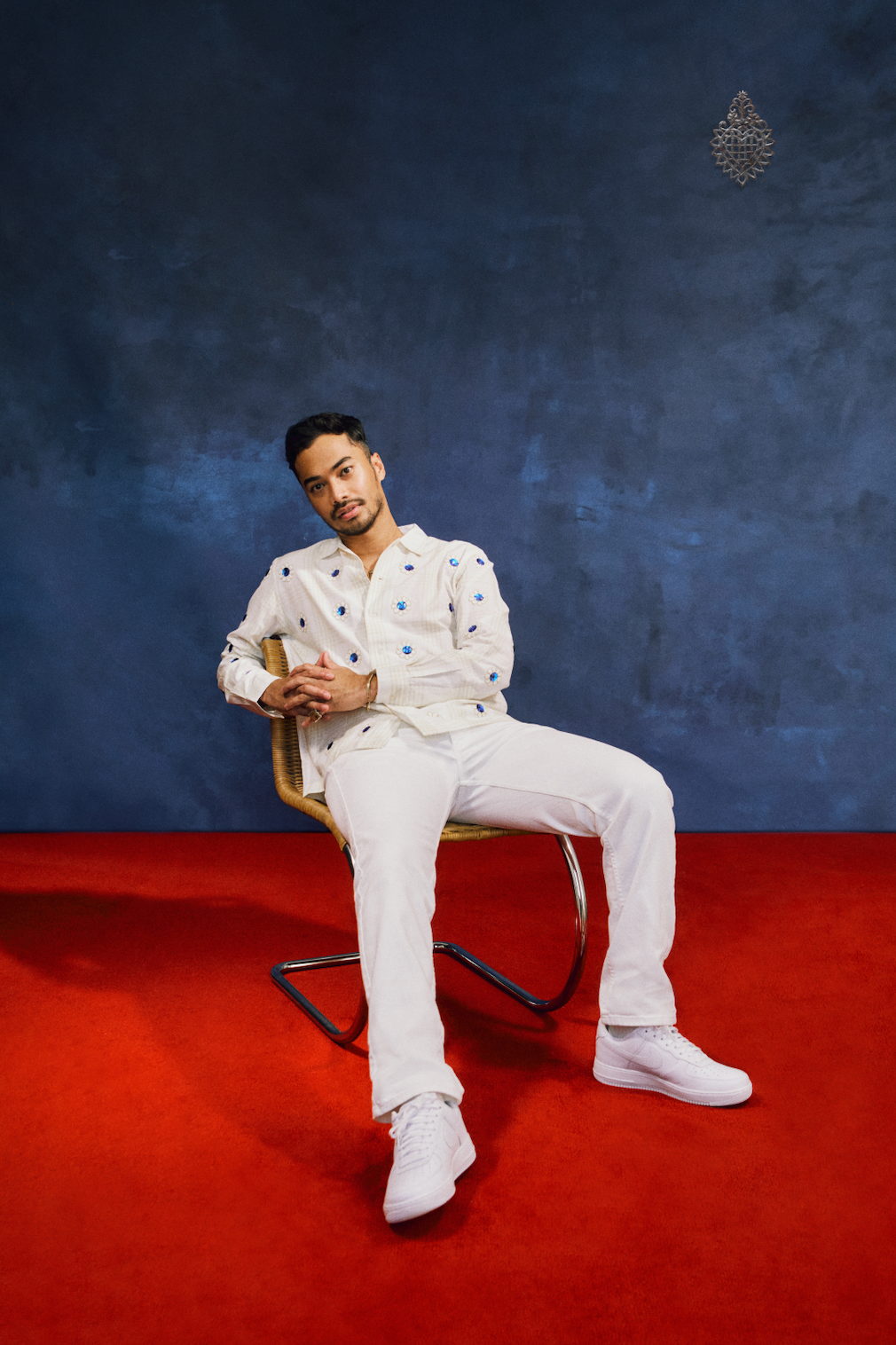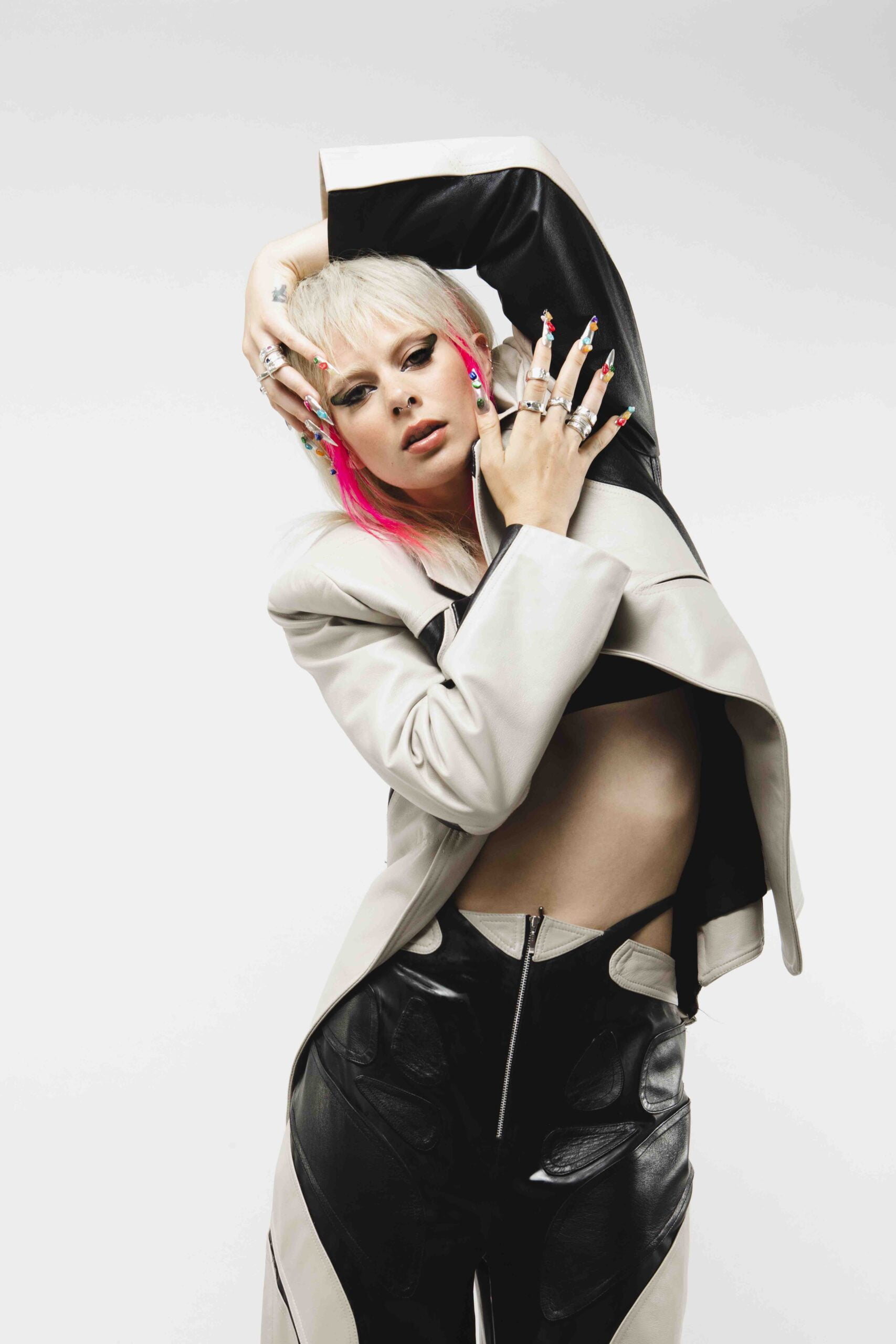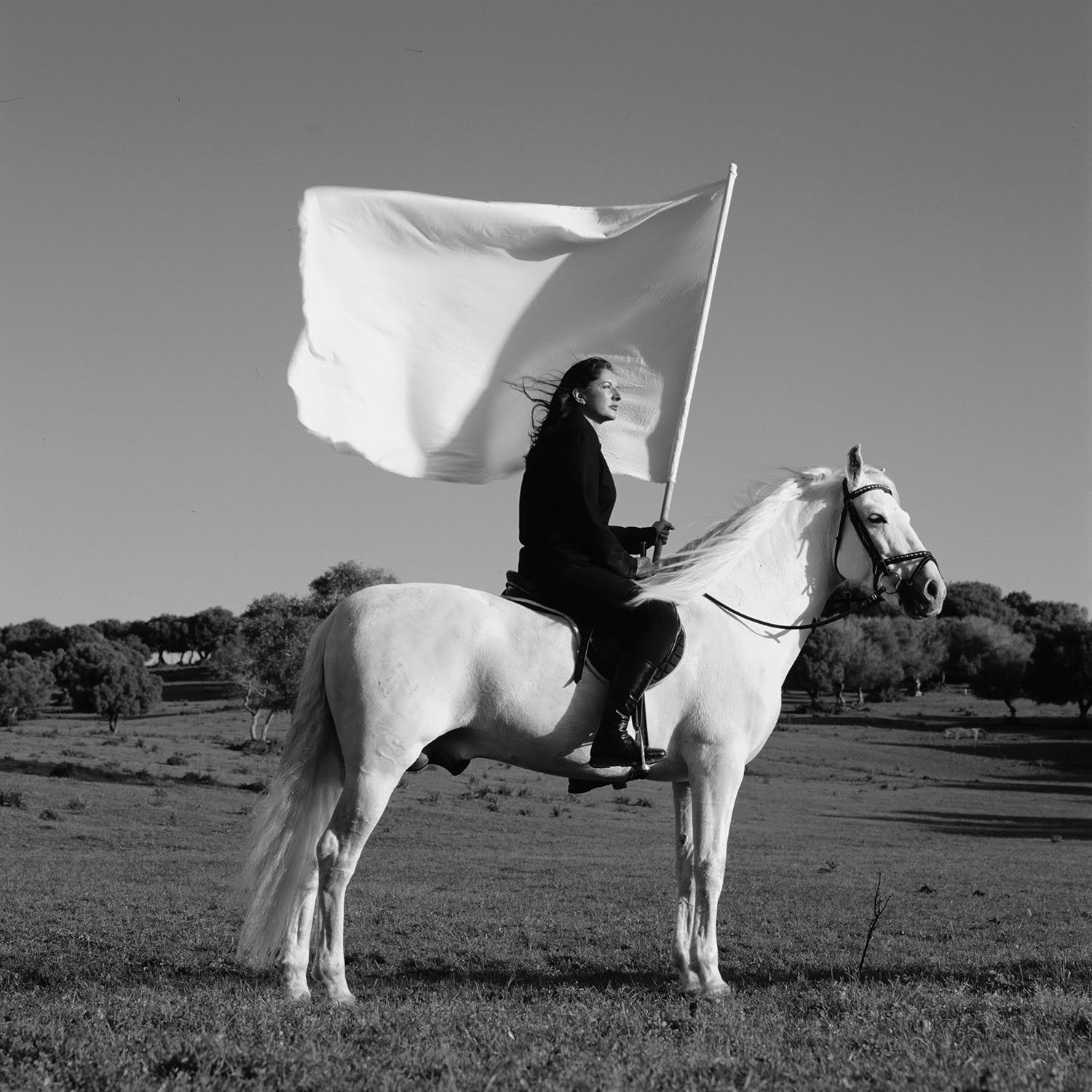
Marina Abramović – London
My introduction to Marina Abramović took place in 2017 during a visit to The Louisiana Museum of Modern Art in Denmark. While attending the Roskilde Music Festival, I seized the opportunity to explore the museum, where I encountered the profound works of this pioneering performance artist. Abramović, who refers to herself as the ‘grandmother of performance art,’ left an indelible impression on me as I delved into her first major retrospective in Europe, this immersive exhibition igniting my curiosity and fascination with her and the genre.
Abramović recently presented three showcases of her work across London. These including the Marina Abramović Institute (MAI) takeover at the Southbank Centre (4th – 8th Oct), Abramović’s 7 Deaths of Maria Callas at the English National Opera (3rd – 11th Nov) and a retrospective exhibition at the Royal Academy that continues until the 1st January 2024, and which I strongly recommend visiting.
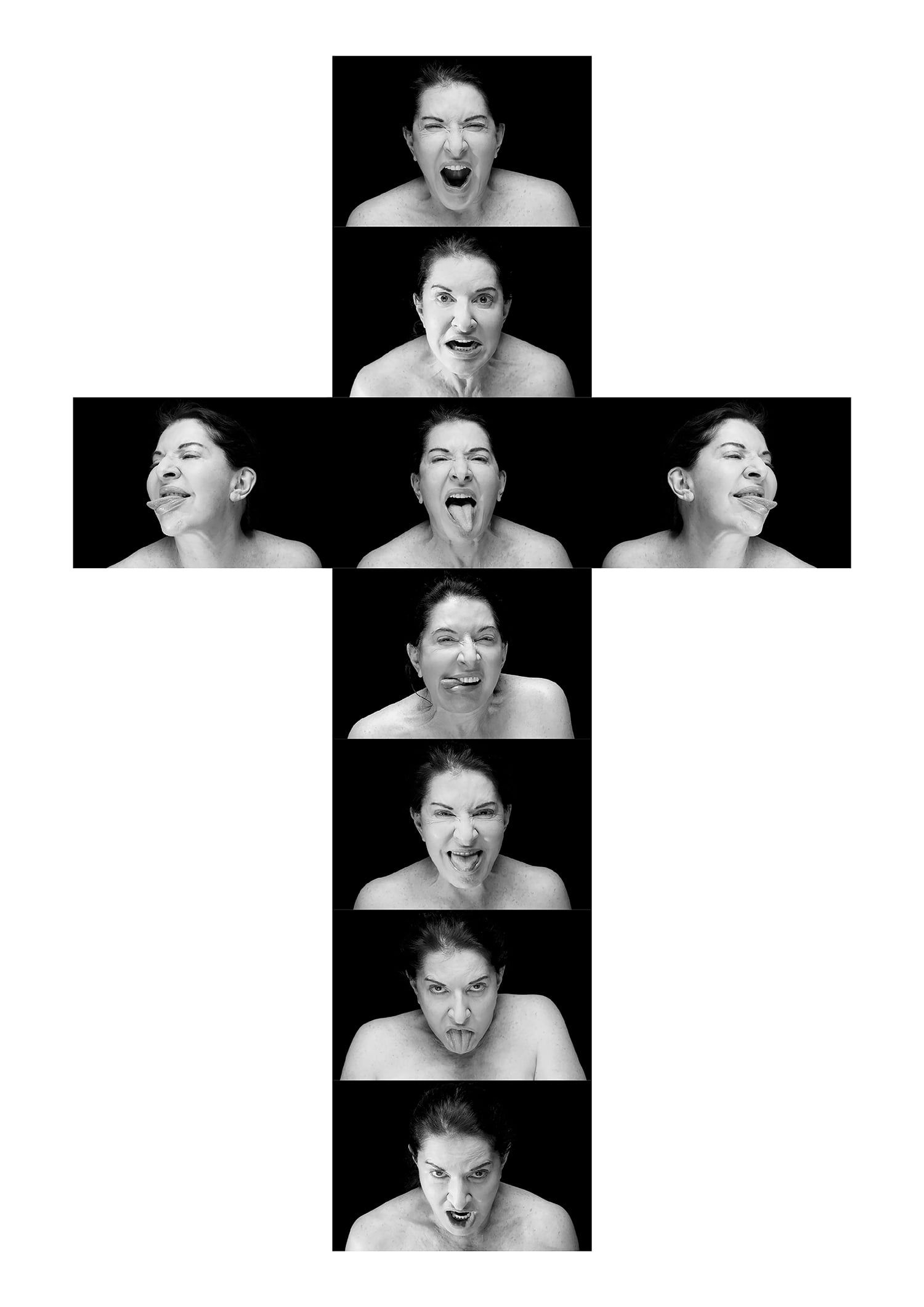
For those unfamiliar with the 76-year-old Serbian-born artist, the exhibition offers a visceral journey into Abramović’s world, think actual blood, sweat and tears, as Abramović relentlessly explores her physical and mental boundaries, which intertwines with her deeply personal narrative. Despite her recent declaration that she doesn’t “want to deal with death anymore; I want to start making work from happiness”, death never seems too far away and is omnipresent in this exhibition.
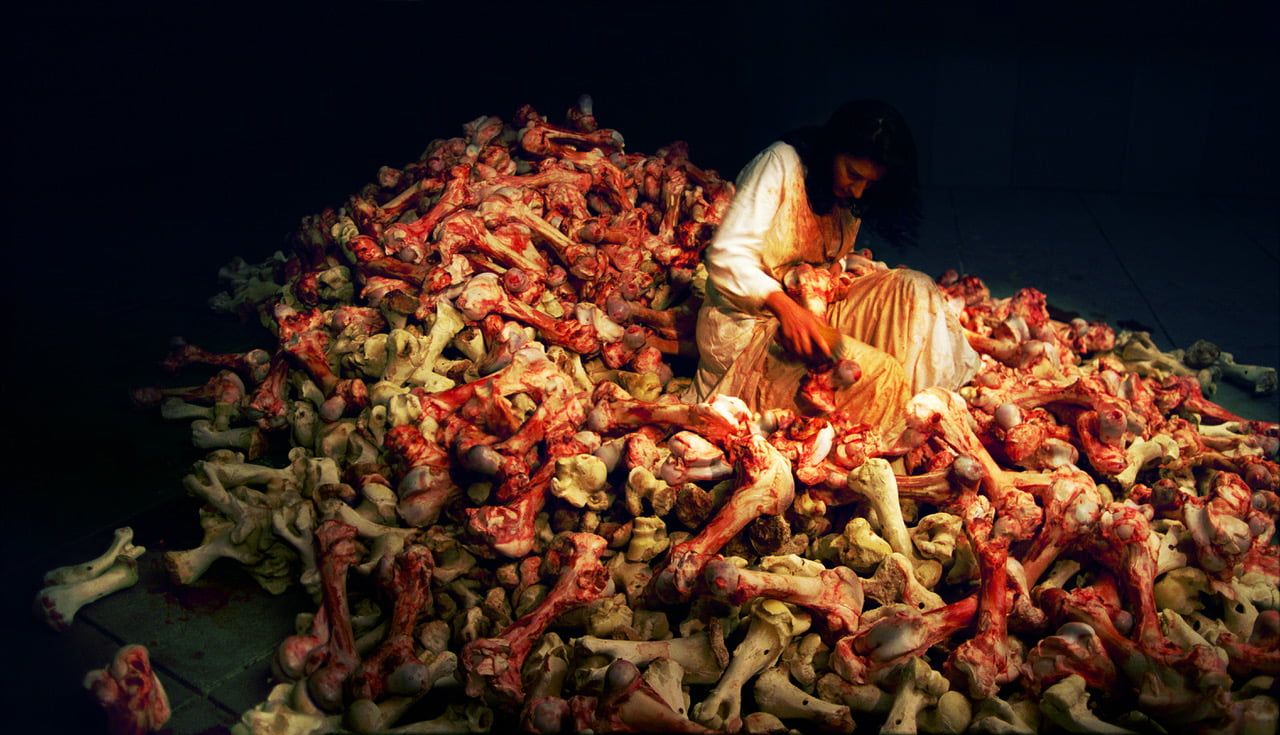
Abramović’s intertwined love story with Ulay, showcased within the exhibition, adds an emotional depth. Their intense relationship started in Amsterdam where they met on their shared birthday, finished as they dramatically parted on the Great Wall of China, then their emotional reunion at New York’s Museum of Modern Art where Abramović was performing “The Artist Is Present”. I’m trying not to give too much away, but it’s a tear jerker.
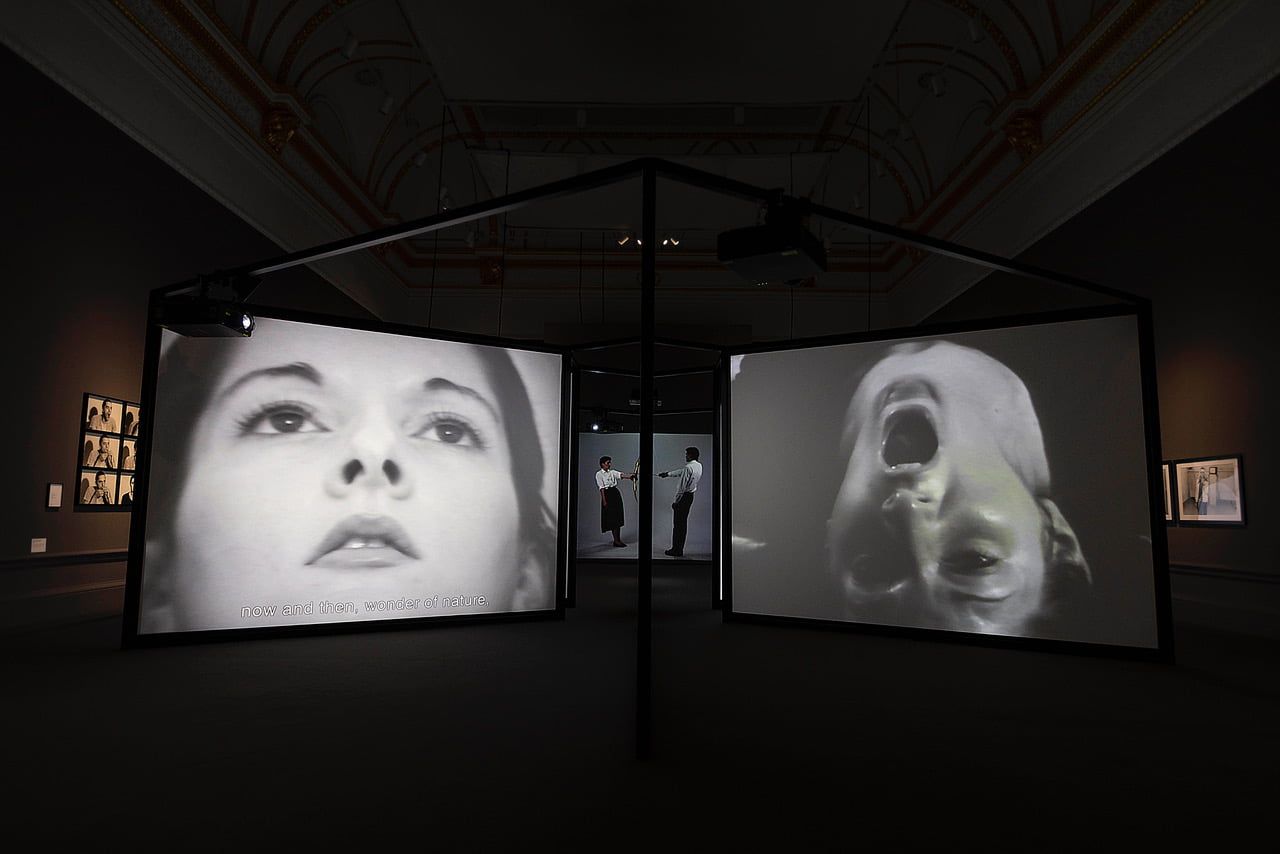
Having eagerly awaited the London exhibition since 2020, it was postponed because of covid, I was thrilled to be able to engage with Abramović’s work. However, while the Royal Academy exhibit spanning 50 years was a delight, it shockingly marks the first time in the RA’s 255 year history that a female artist has fully occupied its main galleries. As I was already familiar with most of Abramović’s previous work, I couldn’t help but feel a pang of disappointment due to the absence of a new live performance. But it’s always a joy to walk through those fleshy doors and to experience “Imponderabilia”, so I urge those that haven’t, to do so, and those that have, to do it again.
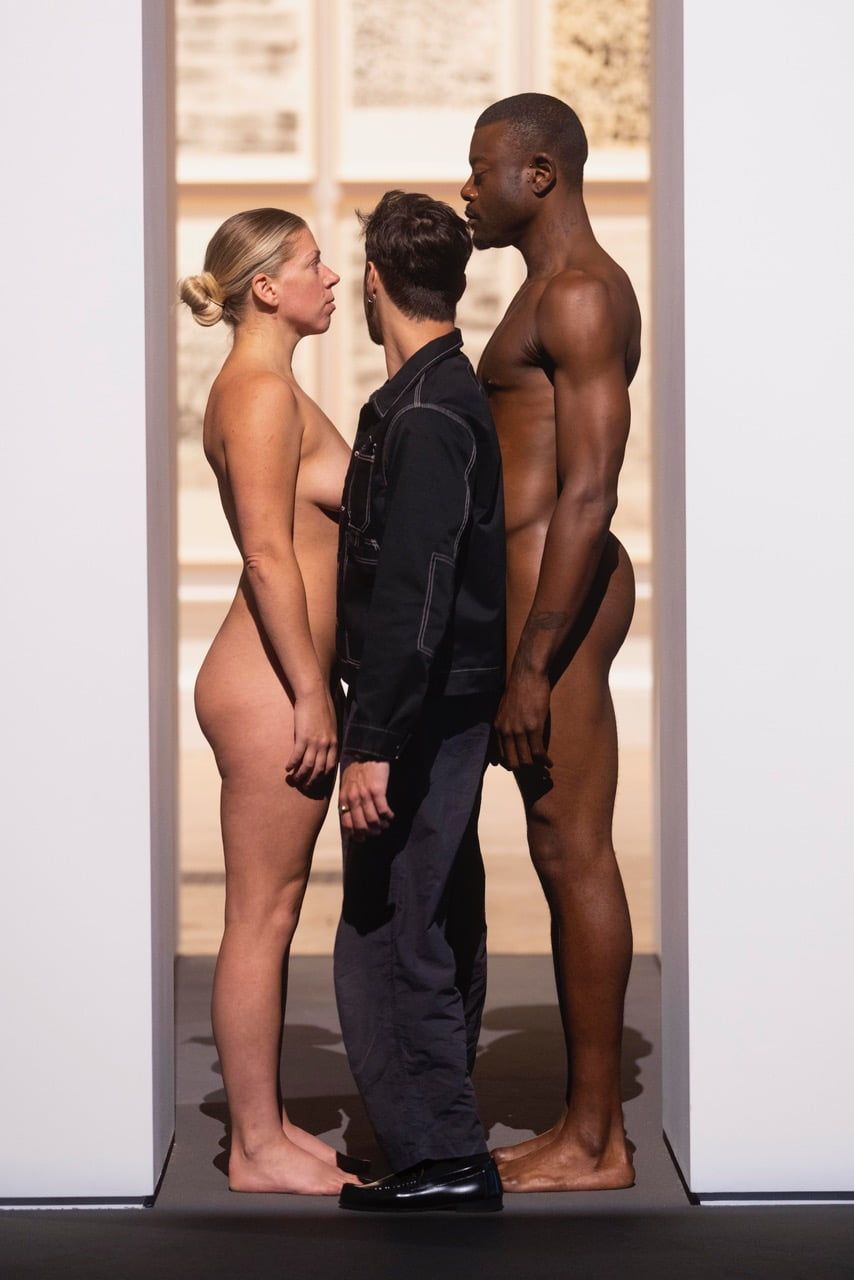
Abramović’s 7 Deaths of Maria Callas at the English National Opera paid tribute to the renowned opera singer Maria Callas, a figure that has captivated Abramović since her early years. The opera offers a reinterpretation of the final moments of seven iconic opera heroines, each portrayed by the acclaimed soprano Maria Callas before her death, with Abramović assuming the persona of Callas.
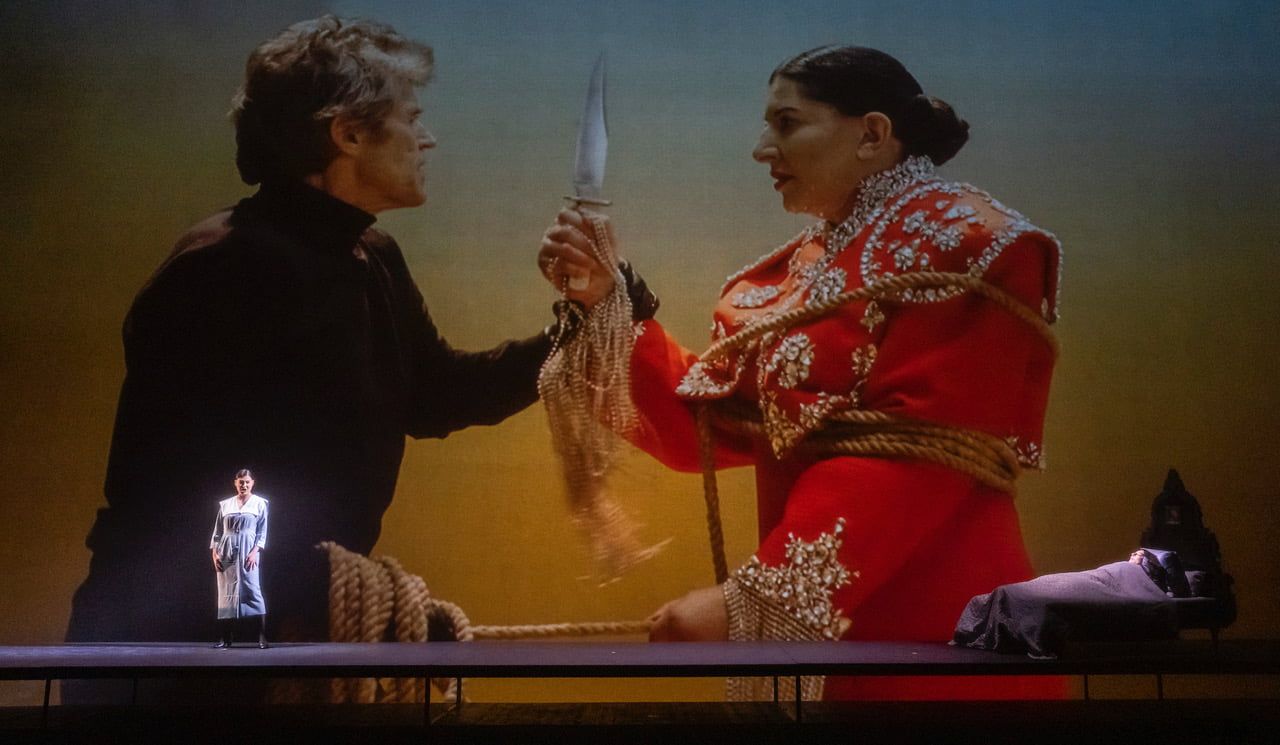
Conductor Yoel Gamzou passionately led the ENO orchestra, which enhanced the overall experience. However, the majority of the performance unfolded on a large screen, featuring Abramović and the Hollywood actor Willem Dafoe in various throes of death, while the seven opera singers performed individually below. But throughout much of the opera, Abramović remained ‘asleep’ in bed, which, in my view, underutilised the immense talent of one of the world’s greatest performance artists.
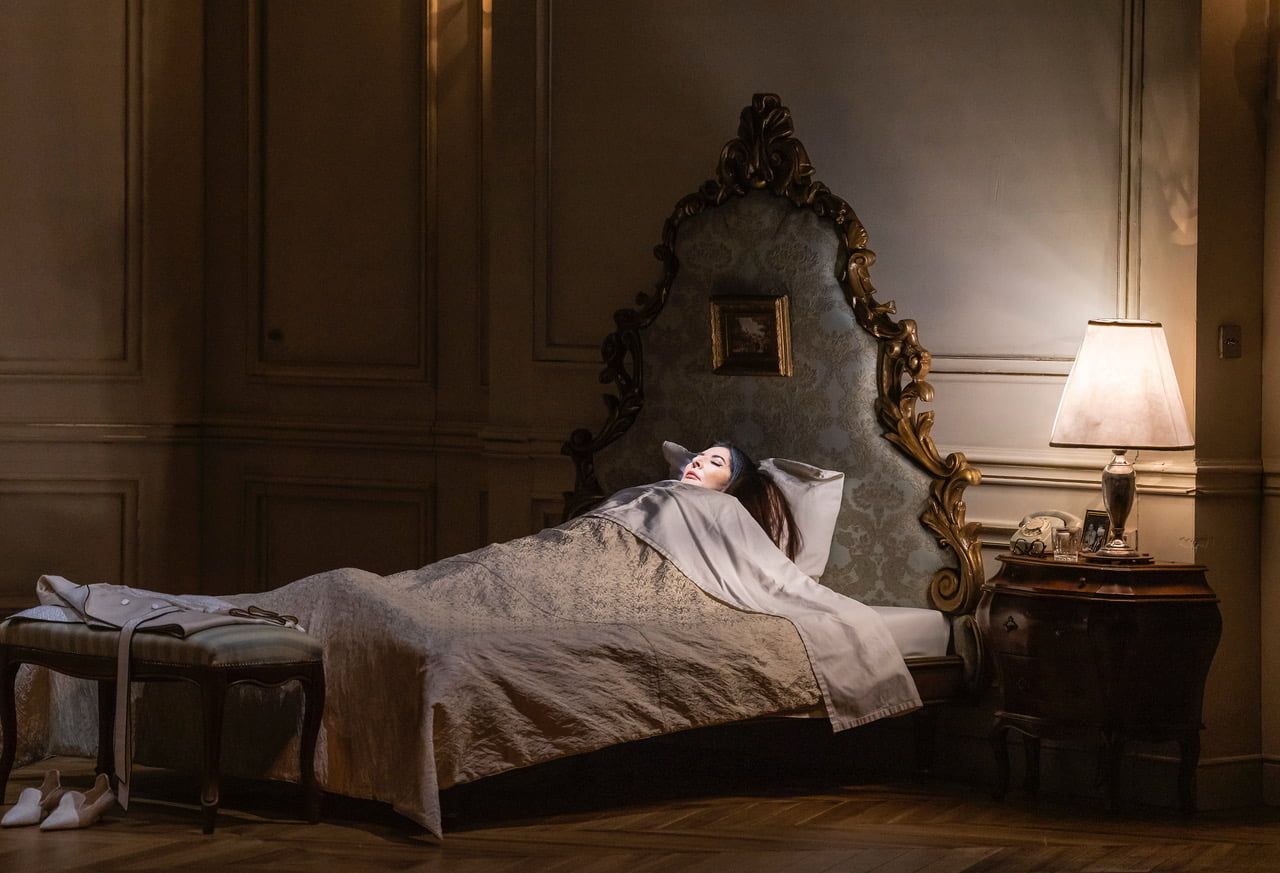
The Marina Abramović Institute (MAI) takeover at the Southbank Centre proved to be the highlight of my London experience and offering a glimpse into her visionary approach. While the absence of a live performance by Abramović was felt once again, the takeover provided valuable insight into her approved works by artists who’ve been trained in the ‘Abramović Method’ via the MAI. There were eleven artist performing simultaneously across the entire Queen Elizebeth Hall including both stages, back stage areas and front of house.
I was fortunate to be able to experience a presentation from Abramović herself to launch the takeover, which gave away her humorous, cheeky personality, telling the British audience “I would like the audience to actually give us their word of honour, when they see the performances, they will not drink more than one bottle of beer… it’s such a big part of British culture… but alcohol and art… I never think is a good combination, especially if you’re dealing with performance. You need to concentrate, you need your full attention, you have to be there, with your body and mind.”
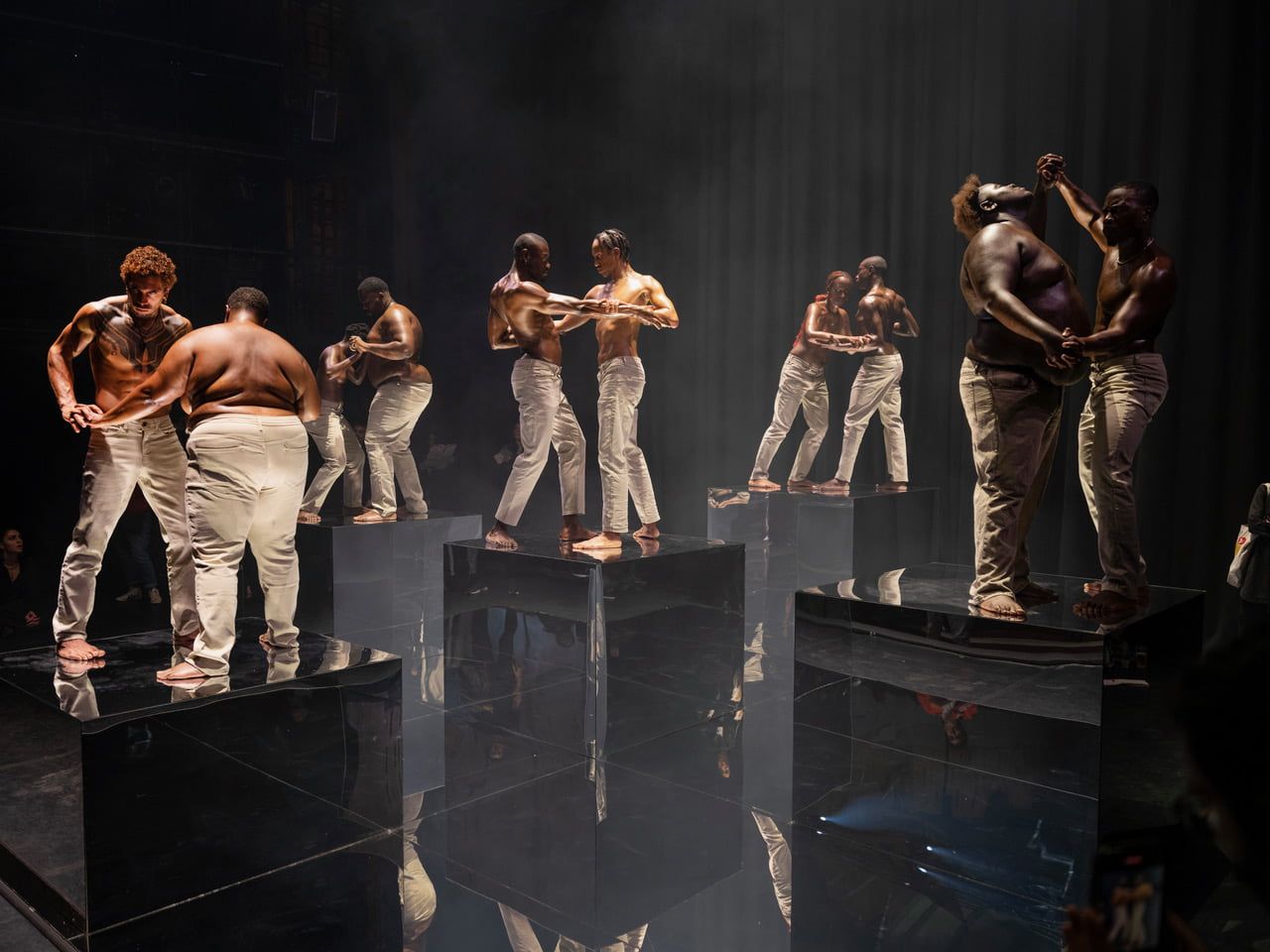
The artists included Carla Adra, Carlos Martiel, Cassils, Collective Absentia, Despina Zacharopolou, Paula Garcia, Paul Setúbal, Sandra Johnston and Yiannis Pappas. But Miles Greenberg, who performed Water In A Heatwave, a ballet / slow wrestle on plinths, on the main stage, took up most of my time, whilst Aleksandar Timotic, a 31-year-old virtuoso opera singer from Serbia, delivered an unusual performance as he delivered an aria, whilst peeling potatoes and encouraging audience members to help out.
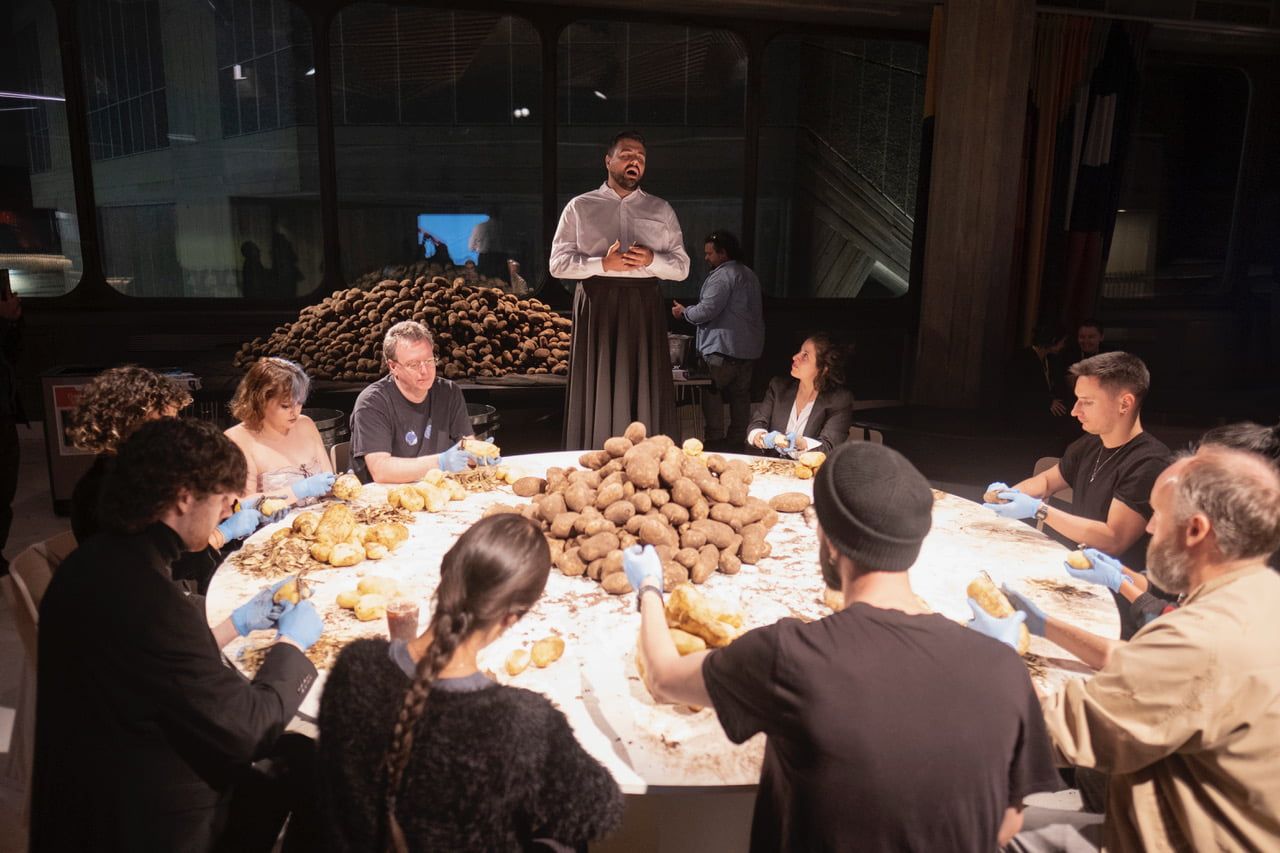
Despite my longing for a new performance piece, Abramović’s legacy as a trailblazing artist continues to inspire and challenge conventional artistic boundaries. Her presence in London has left audiences with a profound sense of introspection and admiration for her boundary-pushing contributions, and while I yearned for a new addition to her portfolio, Abramović’s impact on the art world remains undeniable.
The Marina Abramović retrospective exhibition at the Royal Academy continues until the 1st January 2024, for tickets visit www.royalacademy.org.uk/exhibition/marina-abramovic.
Words Woody Anderson



